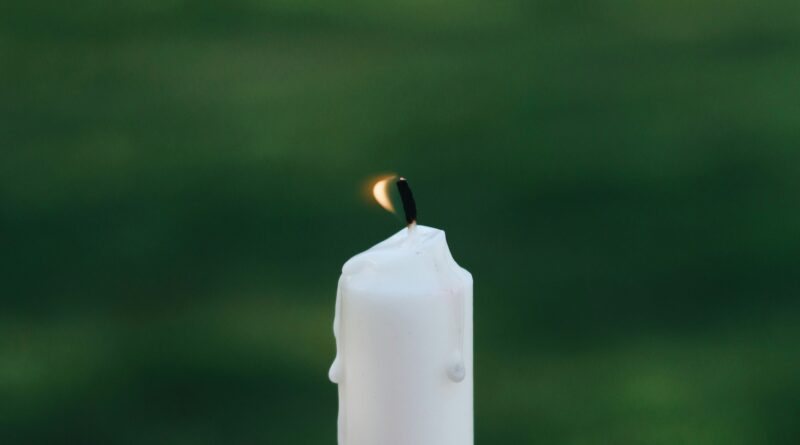Mo ni Fukusu (喪に服す – Mourning): Part 2
Mo ni Fukusu: Part 2
喪に服す Part 2
During the period of mo ni fukusu (喪に服す – “mourning”), there are various things that should not be done.
喪に服している間、やってはいけないことはいろいろとあります。
For example, visiting shrines, participating in celebratory events like weddings, going on trips or leisure activities, celebrating the New Year, and making significant purchases.
「神社への参拝」「結婚式など慶事への参加」「旅行やレジャー」「正月のお祝い」「大きな買い物」などです。
In my recent entry, I introduced the Japanese culture of writing nengajō (年賀状 – “New Year’s greeting card”) to be delivered on January 1.
先日、日本人は1月1日に届くように「年賀状」を書く文化があるということを紹介しました。
However, during the period of mourning, one should not write nengajō either.
しかし、喪中の間は年賀状も書いてはいけません。
Instead, mochū hagaki (喪中はがき – “mourning postcard”) is sent in November or December to inform others that they are currently in mourning.
代わりに、「喪中はがき」を少し早い時期に出して、現在喪に服していることを知らせます。
Those who receive a mourning postcard usually reply after the New Year with kanchū mimai (寒中見舞い – “winter greeting card”).
喪中はがきを受け取った人は、お正月を少し過ぎた頃に、「寒中見舞い」や「喪中見舞い」で返信します。




